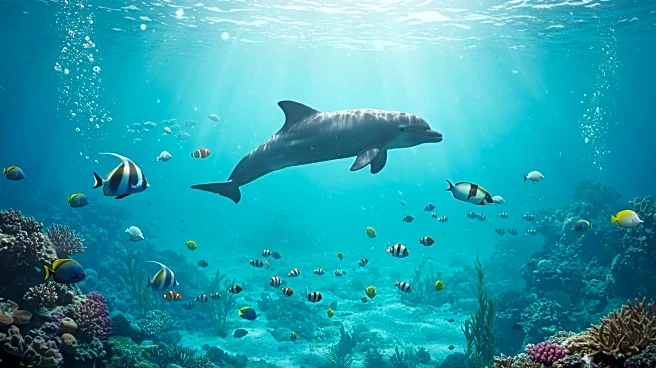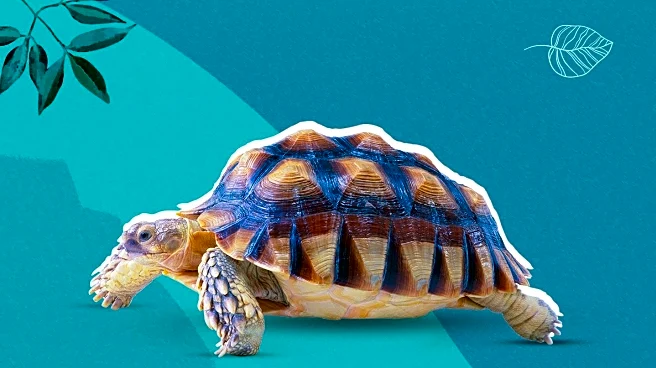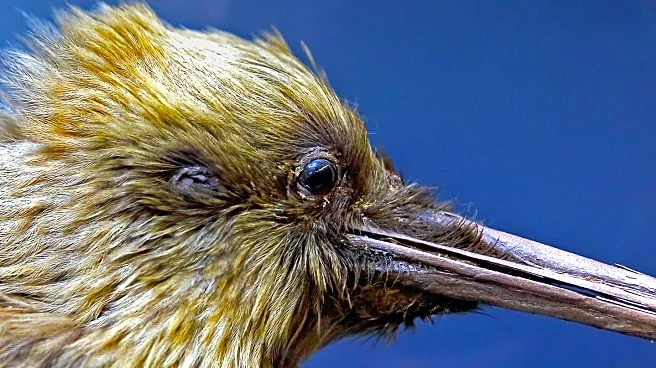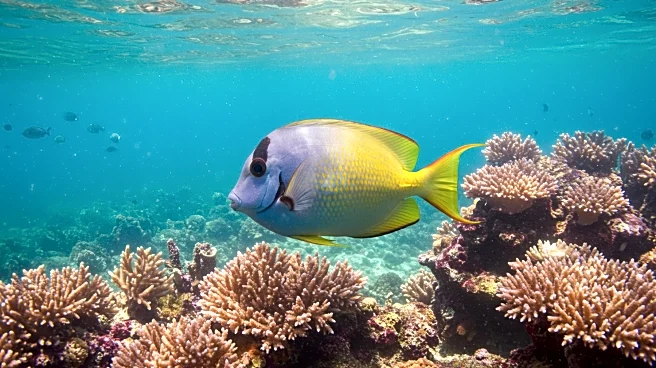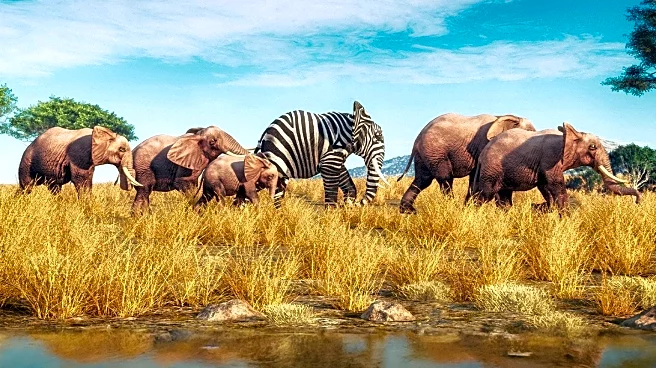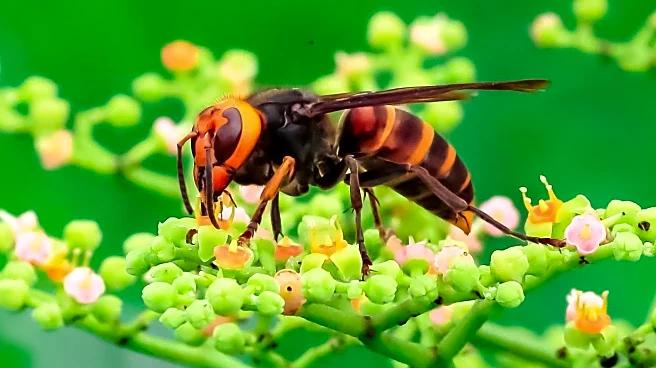Rapid Read • 8 min read
The International Union for Conservation of Nature (IUCN) has officially recognized giraffes as four genetically distinct species, a significant change from the previous classification of giraffes as a single species. This decision follows extensive research by the Giraffe Conservation Foundation (GCF) and Germany's Senckenberg Biodiversity and Climate Research Centre, which revealed genetic differences comparable to those between brown bears and polar bears. The newly recognized species are the Masai, northern, reticulated, and southern giraffes. This reclassification is expected to reshape conservation efforts, as each species faces unique threats. The northern giraffe is the most at-risk, with fewer than 6,000 individuals remaining, while the reticulated giraffe population has decreased by over 50% in the past 35 years. The Masai and southern giraffes have larger populations, but conservationists emphasize the need for tailored strategies to protect each species.
AD
The recognition of four distinct giraffe species is crucial for conservation efforts, as it allows for more targeted strategies to address the specific threats each species faces. This change could influence global conservation policies and lead to more precise allocation of resources and funding. The IUCN's decision opens the possibility for giraffes to be independently assessed for the Red List, potentially leading to protections under agreements like the U.S. Endangered Species Act. With giraffes having disappeared from nearly 90% of their former habitats, this reclassification highlights the urgency of conservation actions to prevent further decline and extinction.
The Giraffe Conservation Foundation plans to implement species-specific conservation strategies, including habitat protection, anti-poaching patrols, and community conservation efforts. These initiatives aim to address the unique needs of each giraffe species and prevent further population declines. The IUCN's decision may also prompt changes in international conservation policies, encouraging countries to direct funding more effectively. As giraffes are considered for listing under the U.S. Endangered Species Act, further assessments and protections could be established to safeguard these newly recognized species.
The reclassification of giraffes underscores the importance of combining fieldwork with genetic research to drive effective conservation outcomes. It challenges the long-standing view of giraffes as a single species and highlights the complexity of biodiversity. This development may inspire similar research efforts for other species, leading to more accurate classifications and conservation strategies. Additionally, the recognition of giraffes as distinct species emphasizes the need for global awareness and action to protect biodiversity and prevent extinction.
AD
More Stories You Might Enjoy




